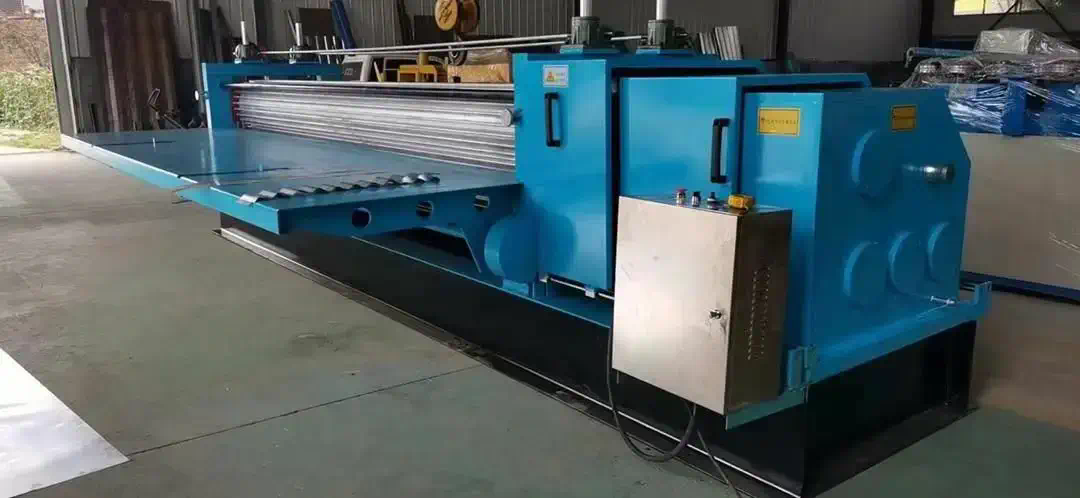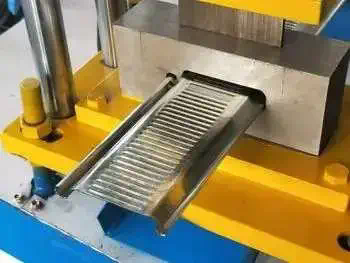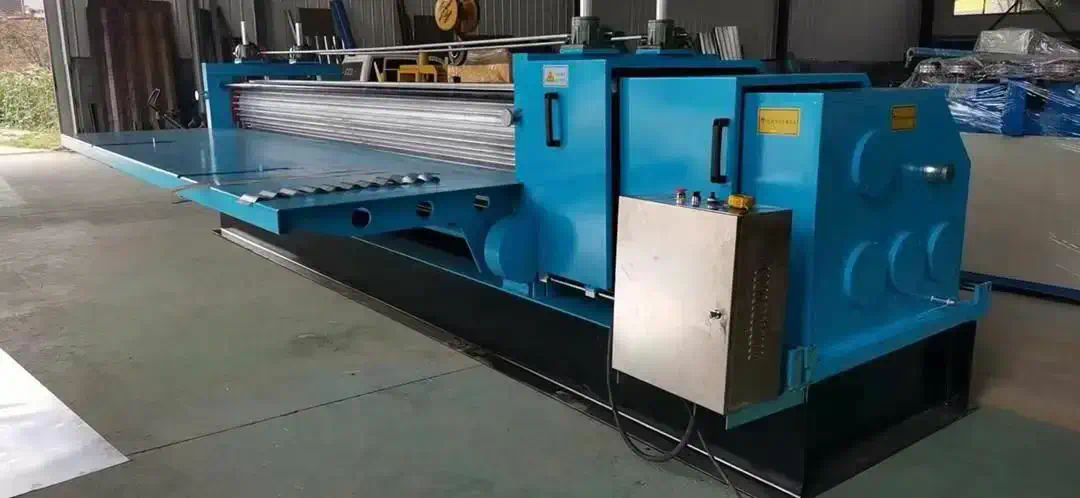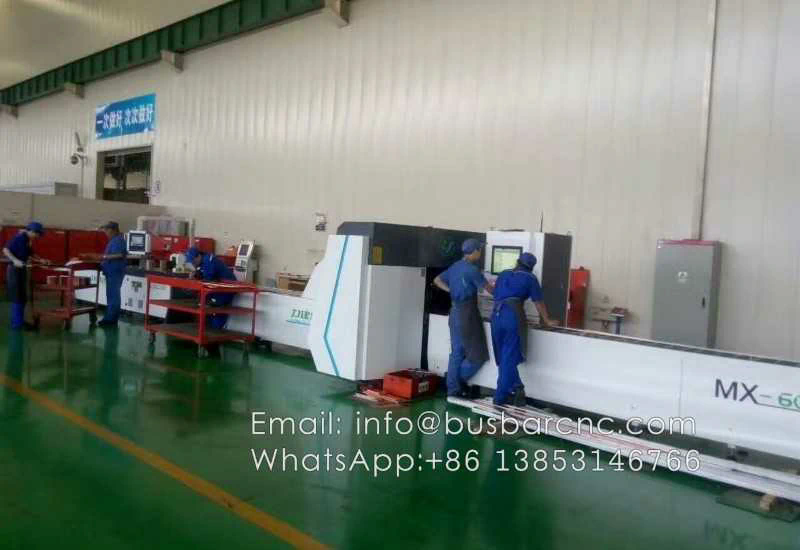The Mandrel Bender: Ensuring Perfect Curves in Tubing
Tubing plays a crucial role in a wide range of industries, serving as the backbone for various applications such as automotive exhaust systems, construction frameworks, and furniture manufacturing. The ability to bend tubing with precision is essential for ensuring that it fits the specific requirements of each application. This is where the mandrel bender comes into play, offering a solution that enables the creation of perfect curves in tubing. In this article, we will explore the significance of the mandrel bender and its impact on the production of high-quality tubing.
The Importance of Precision Bending
The process of bending tubing is more than just shaping it into a curved form. Precision bending is crucial for maintaining the structural integrity of the tubing, ensuring that it retains its strength and performance characteristics even after being bent. Whether it’s for a complex exhaust system in a performance vehicle or a structural component in a building framework, the ability to achieve precise bends is essential.
Traditional methods of tubing bending often resulted in deformities such as wrinkling, flattening, or uneven wall thickness, which compromised the functionality and durability of the tubing. The mandrel bender addresses these challenges by providing a way to achieve smooth, consistent bends while maintaining the internal integrity of the tubing.
Understanding the Mandrel Bending Process
The mandrel bending process involves using a mandrel—a solid rod or flexible support—inserted into the tubing during the bending process to prevent it from collapsing or deforming. This ensures that the inner wall of the tubing maintains its shape and dimensions throughout the bending operation. The use of a mandrel eliminates the formation of wrinkles and other imperfections, resulting in a superior-quality bend.
Several components make up a typical mandrel bending machine, including the mandrel itself, a wiper die to prevent wrinkles, a pressure die to maintain the shape of the tubing, and the bending die to shape the tubing to the desired curve. The combination of these components, along with precise control over the bending process, allows for the creation of perfect curves in tubing without compromising its internal structure.
The Advantages of Using a Mandrel Bender
When compared to other bending methods, the mandrel bending process offers several distinct advantages:
1. Consistency: The use of a mandrel ensures that each bend is consistent and free from imperfections, resulting in tubing with uniform quality and performance.
2. Flexibility: Mandrel bending can accommodate a wide range of tubing materials, shapes, and sizes, making it suitable for diverse applications across industries.
3. Strength and Durability: By preserving the integrity of the tubing during the bending process, mandrel bending results in tubing with superior strength and durability.

4. Cost Efficiency: While mandrel bending may require initial 
Automation and robotics have also played a significant role in streamlining the mandrel bending process, reducing cycle times, and enhancing repeatability. By integrating sensors and advanced control algorithms, modern mandrel bending machines can adapt to variations in material properties and geometries, ensuring consistent and accurate bends.
The Future of Mandrel Bending
As technology continues to advance, the future of mandrel bending holds promise for further improvements in efficiency, precision, and automation. With the increasing demand for customized and complex tubing designs across industries, mandrel bending will continue to play a vital role in meeting these needs.
In conclusion, the mandrel bender stands as a key tool for achieving perfect curves in tubing, offering a combination of precision, flexibility, and quality that is essential for diverse industrial applications. As the demand for high-quality, custom tubing continues to grow, the role of the mandrel bender in shaping the future of manufacturing remains pivotal.
https://tmsmicro.com/










